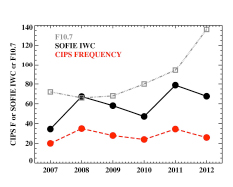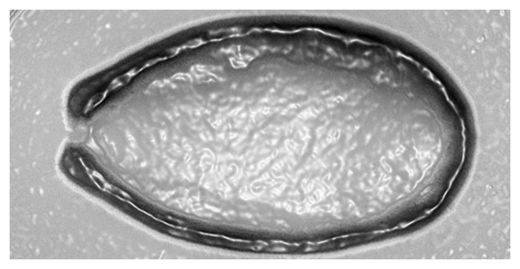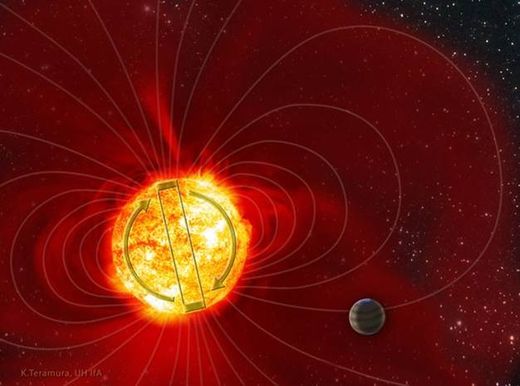
© University of AlabamaDr. Takehito “Ike” Ikejiri continues to search for pieces of the elasmosaur Monday, July 15, in rural Greene County.
Tuscaloosa, Alabama - University of Alabama researchers have discovered the fossilized remains of a large marine reptile that once ruled the open seas 80 million years ago.
The initial discovery, made June 20 by middle-school student Noah Traylor during a UA-hosted expedition, was later identified as part of a large neck vertebra of an elasmosaur, which is a subgroup of the late Cretaceous plesiosaurs.
Elasmosaurid plesiosaurs are easily recognized by their large body size - some species reach up to 45 feet in length.
"Think Loch Ness monster," said Dr. Dana Ehret, UA Museum paleontologist. "They have very large flippers for swimming and extremely long necks, consisting of up to about 70 neck vertebrae."
Plesiosaurs became extinct by the end of Cretaceous, or about 65.5 million years ago, and they are generally rare in the fossil record for Alabama. This is only the second elasmosaurid specimen containing more than one or two bones found in the state, Ehret said. The first, which consists of 22 vertebrae, was found in the late 1960s and is now part of UA Collections.
This discovery appears to be on par with the first one. To date, about 15 large vertebrae, a few paddle bones and many bone fragments have been collected, but an extensive excavation is still in progress, so Ehret is uncertain how complete this skeleton is.




Comment: These 'giant' virus discoveries are not new to science: New giant virus discovered. Why limit the landing here on earth from Mars - or an 'ancient time'? Why not consider it could have arrived via comet dust, or impact - and much more recently? Well, we wouldn't want anyone thinking things are getting serious here on the BBM: Comets and the Horns of Moses.